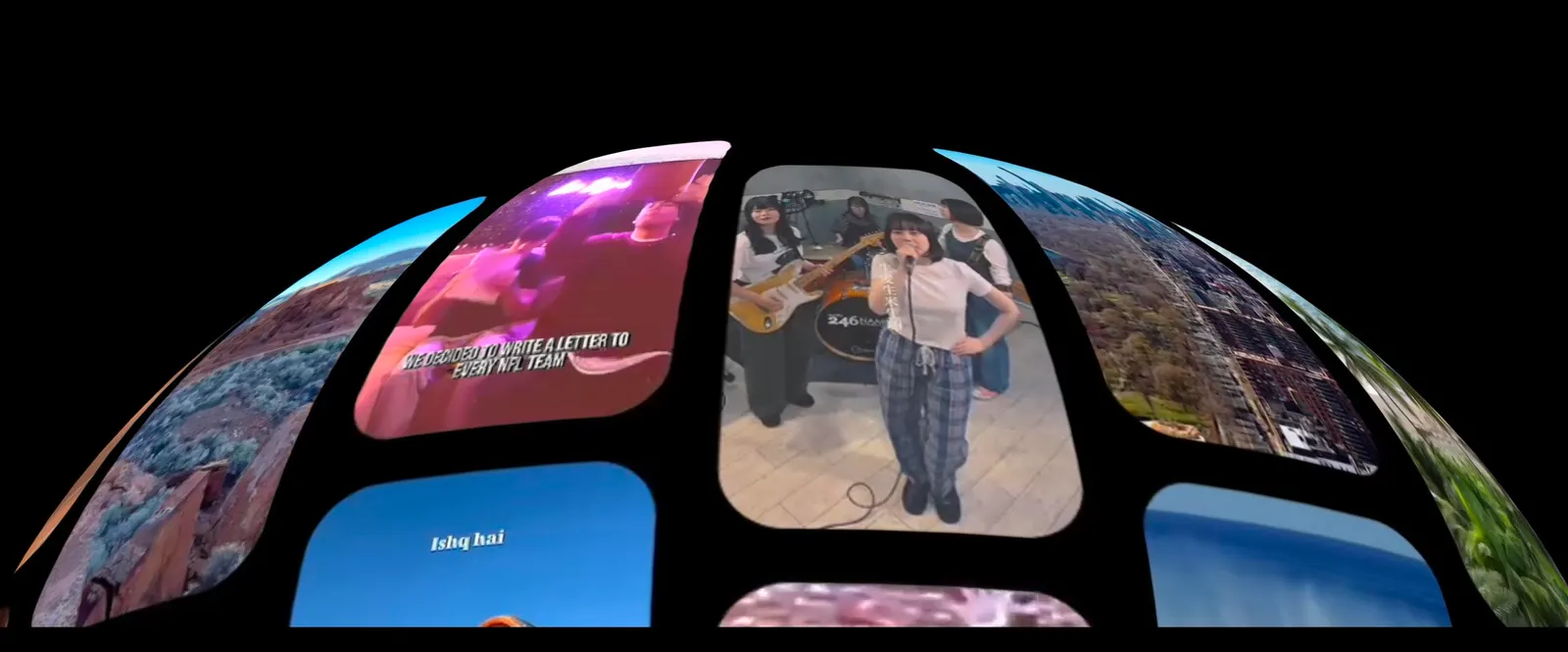The inbox of well-read New York shoppers came to life on Monday evening at Printemps. Former New York Magazine writer Emilia Petrarca, who writes the newsletter Shop Rat, organized a summit of some of Substack’s most-read fashion and retail authors for a series of panels, to discuss the state of New York retail, shopping newsletters and gift guides.
“The whole point of Shop Rat is going to stores and talking to people, so this is really my dream come true,” Petrarca told the audience as she kicked things off. The first panel, centered around what a modern store in New York looks like, featured Gregory Gourdet, culinary director of Printemps New York; Katherine Lewin, founder of the “dinner party essentials” store Big Night and writer of the newsletter Little Gems; Kathleen Sorbara, founder of Williamsburg designer vintage store Sorbara’s, and Somsack Sikhounmuong, creative director of Alex Mill and writer of the newsletter Somstack.
“I think a modern store feels less like a place where transactions happen and more like a place where you step in and you are experiencing something – a feeling, a sense, a smell,” Lewin said. After opening first in Greenpoint, Big Night has expanded to the West Village and will soon open on the Upper East Side, selling glassware, pantry items, linens, barware and more.
“This word is used a lot, but I do think community is modern retail,” Sorbara said. “I mean, look around right now, I think we’re all seeking out that human connection Katharine’s talking about, and I’m validated every day when I’m in the store just talking to people. And, yes, the retail of course is there and we live in a society where you’ve got to make money somehow. But I think community gets the ball rolling in regards to retail.”
Kathleen Sorbara, Gregory Gourde, Somsack Sikhounmuong, Katherine Lewin, and Emilia Petrarca
Courtesy of Jeremy Cohen
With regards to Alex Mill, Sikhounmuong noted that they embrace being a small brand and try to infuse that into both how they approach social media and the in-person retail experience.
“We think big and act small, making sure that everything we do is a very personal touch point. So when you see our Instagram or when you see one of our dance videos, [maybe] you’re traveling from London and you walk by a store and you’re like, ‘oh gosh, I need to get in there.’ Because we’ve somehow found our way into your minds in some crazy way,” Sikhounmuong said. “It’s an extension of what we do.”
The next group, arriving fresh from the Rachel Comey show, were on hand to discuss shopping newsletters. The Washington Post’s Rachel Tashjian, who also writes the invite-only, non-Substack newsletter Opulent Tips; Laura Reilly, of Magasin, and Jalil Johnson, who writes Consider Yourself Cultured, gathered to discuss the rise of shopping newsletters.
“What many of the newsletters you mentioned have is that they’re all able to treat mood and ambiance and these things that seem sort of ephemeral as news or as information that’s actionable,” Tashjian said of what makes a good shopping story. “And I think that that is what propels something beyond a roundup of links, is having that feeling of authority and storytelling and information.”

Rachel Tashjian, Laura Reilly, Jalil Johnson and Emilia Petrarca at the Shop Rat Substack event at Printemps in New York
Courtesy of Jeremy Cohen
“The stories that I’m most passionate about, the ones that really get me excited, are my notebook stories, which really tap into the emotion and tap into the feeling that are abstract,” Johnson said. “I want to tap into the feelings that I’m feeling at the moment, what’s happening on the runway and the moments that are happening, but also ‘here’s the flip flop, these are 15 ways that you can wear a flip flop.’”
The evening closed with a discussion on gift guides from publicist Kaitlin Philips, writer of the aptly-titled newsletter Gift Guide; Jess Graves, of the newsletter The Love List, and Rayne Fisher-Quann, who writes Internet Princess.

Kaitlin Phillips, Jess Graves, Rayne Fisher-Quann and Emilia Petrarca
Courtesy of Jeremy Cohen
“To me, it’s a literary product. I don’t actually think people shop from gift guides that much,” Phillips said. “I read them all. I want funny lines, I want paragraphs. I don’t care about the shopping element.”
For Graves, her gift guides are meant to be entirely shoppable.
“I think what makes a good gift guide is a) playing to your audience, knowing who your audience is and making a product that’s going to make them happy, and b) leading with your taste first,” Graves said. “The whole reason you have this platform in the first place is because people trust your point of view. So go with your gut and don’t entirely rely on what’s being pushed on an affiliate network.”


